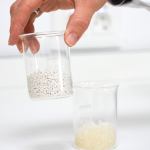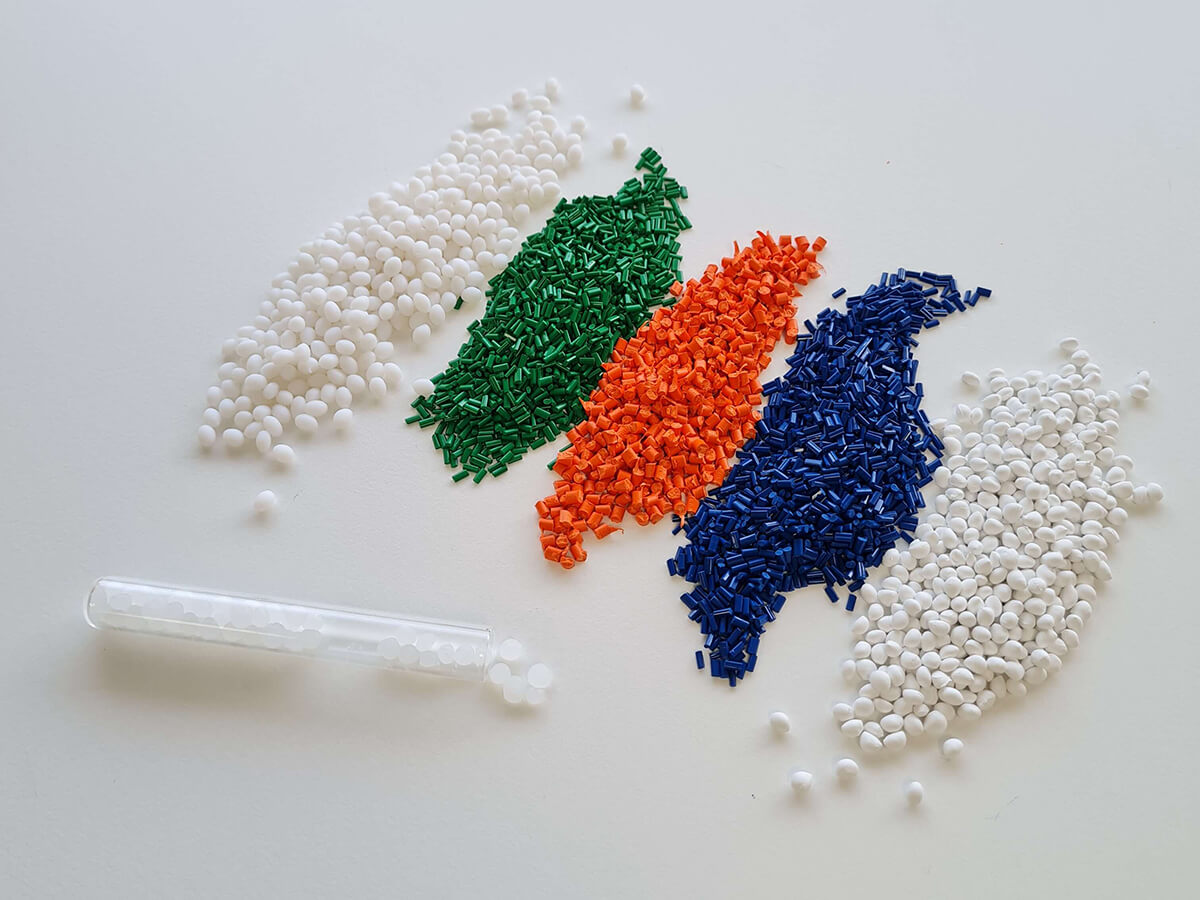
¿Greenwashing? Don’t be fooled
It is already known by all that more and more users have a preference for those brands responsible for the environment and some companies take advantage of using the already known greenwashing technique.
Thousands of companies, both large and small, are doing their best to reduce the environmental impact of their activities: logistics, manufacturing and, above all, packaging. And it is because the packaging sector changes at a high speed due to the demonisation of plastic, the bad information and the current mismanagement of waste.
It is a fact that the packaging sector is obliged to change and look for more sustainable forms of production based on a circular economy model.
But… How many of the packages labelled “sustainable” are actually sustainable?

Plastics regulations: an added problem
The first thing we must bear in mind is that the current regulations are not promoting a logical and efficient transition by packaging companies towards a sustainable model.
Is it true that Europe, the current government and the different Autonomous Communities have created regulations, but the lack of clarity and the existing uncertainty only makes manufacturers look for the convenience of continuing as before, do not move a tile and do not look for existing options.
For more information on this, we recommend you visit our 2030 plastic policy page.
Greenwashing: the green product, sells
Despite the lack of clarity and inefficiency of the various regulations so far, one idea is clear: consumers want sustainable products.
“Greenwashing” is used in those contexts where misleading marketing strategies appear that claim that the product of a certain brand is “ecofriendly” and therefore the impact on the planet is less.
Thus, a “face wash” is done to the company that expects to sell a sustainable brand image with great environmental responsibility. Given that consumers tend to opt for “bio” and environmentally sustainable brands, many times the price of the product is even raised without the company having invested a euro in optimizing its processes, its materials or its manufacturing model.

A very clear example is when we read that a package is “bio”. What does this mean? They can be a multitude of things, the three least deceptive are:
- Biobased: this occurs when the source from which the material is extracted is of plant origin. However, this does not mean that it takes less time to biodegrade or that it does not contaminate if it finishes its useful life in the sea.
- Biodegradable: this means that the product ends up biodegrading without generating the contamination in a shorter period of time than conventional plastic. However, the material can come perfectly from non-renewable sources such as oil.
- Biobased and biodegradable: comes from plant sources and is further biodegraded, such as the ZIMIA bioplastic grades.
In short, despite the fact the packaging sector can achieve a sustainable model, we are in a period of transition. So, we need to standardize the regulations, inform consumers of the truth and look for a model that is truly sustainable.







